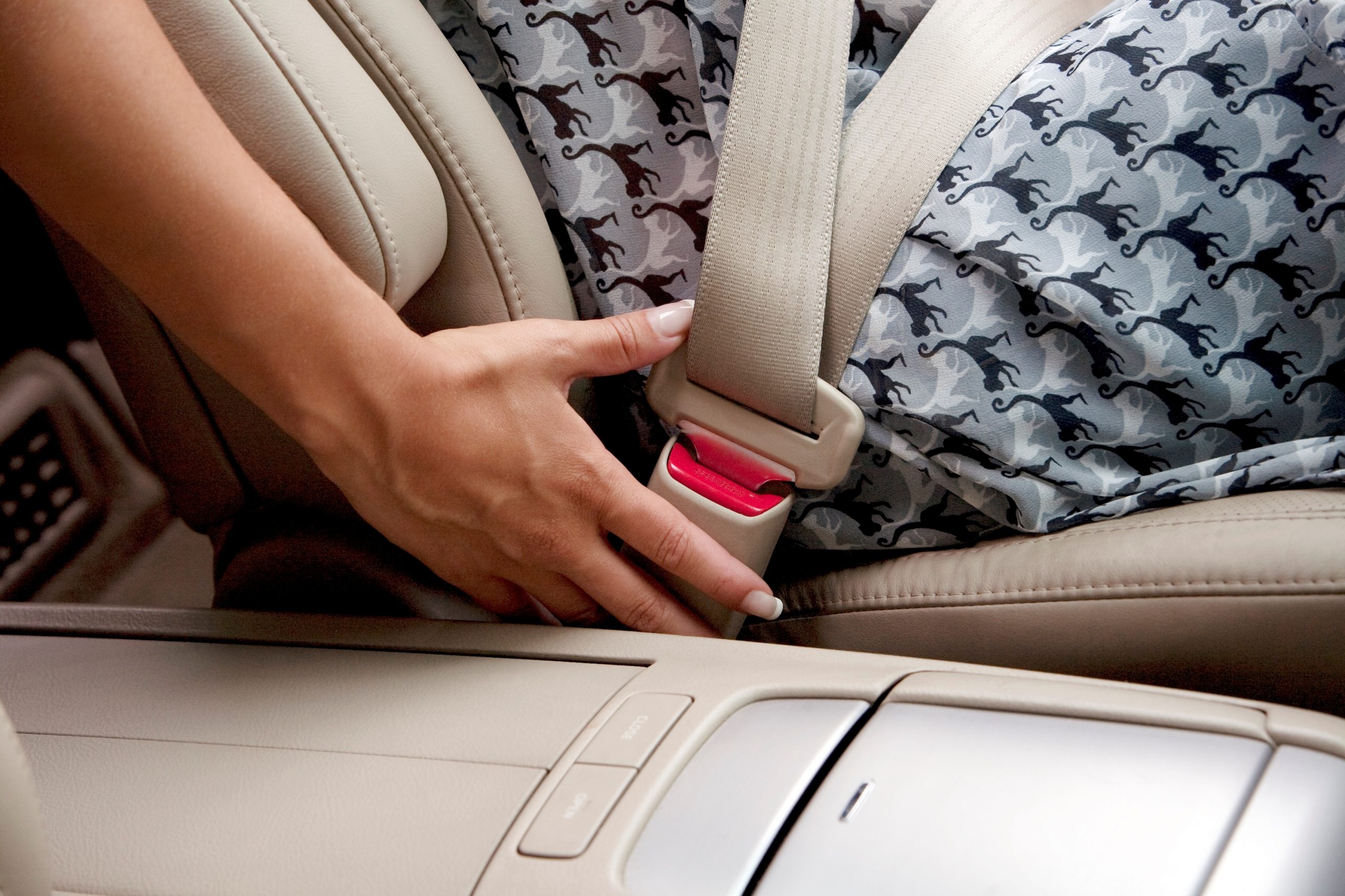When it comes to ensuring the safety of yourself and your passengers, a properly functioning seat belt is paramount. However, even the finest seat belts can encounter issues that compromise their reliability. If you’re experiencing difficulties with your vehicle’s seat belt, fear not! This comprehensive guide will equip you with the knowledge and practical steps to effectively troubleshoot and fix common seat belt problems.

Image: www.motorbiscuit.com
Delving into the Nature of Seat Belts: A Journey of Safety
Seat belts, a staple in modern vehicles, play a pivotal role in minimizing the risk and mitigating the consequences of accidents. Functioning through a combination of locking mechanisms and retractable webbing, they restrain occupants during collisions, preventing occupants from being ejected or colliding with the interior of the vehicle.
Historically, seat belts have evolved from rudimentary devices to highly engineered systems. The rudimentary lap belts of the past have been succeeded by more advanced designs, including three-point and four-point harnesses, which offer superior protection by evenly distributing the force of an impact across the chest, pelvis, and shoulders.
Identifying and Tackling Common Seat Belt Woes
Despite their robust construction, seat belts are not immune to occasional hiccups. Common issues range from minor annoyances to more concerning safety hazards:
-
Webbing Stuck or Slow to Retract: This frustrating issue can stem from dirt and debris accumulating in the belt retraction mechanism. To address it, gently clean the mechanism and apply a small amount of dry lubricant.
-
Belt Buckle Doesn’t Engage: A jammed buckle can be caused by dirt or a foreign object obstructing the latch. Thoroughly clean the buckle with a soft cloth and inspect for any debris. If the problem persists, refer to your vehicle’s manual for model-specific troubleshooting steps.
-
Seat Belt Warning Light Illuminated: This light illuminates when there’s a potential issue with the seat belt system. It could indicate a problem with the buckle, webbing, or sensor. Start by ensuring all seat belts are properly fastened, then refer to your vehicle’s manual for further diagnostic steps.
-
Webbing Fraying or Torn: Significant wear and tear can compromise the webbing’s strength. If you notice any fraying or tearing, immediately replace the seat belt. Attempting to repair a damaged belt is highly discouraged for safety reasons.
Unveiling the Nuances of Seat Belt Repair Techniques
While replacing a seat belt is a task best left to professionals, resolving certain issues can be tackled with DIY know-how:
-
Cleaning Stuck Webbing: To liberate a stuck or sluggish webbing, locate the retraction mechanism and gently clean it with a soft cloth or brush. Apply a small amount of dry lubricant specified for seat belts to ensure smooth operation.
-
Unjamming Buckle: A jammed buckle caused by dirt or debris can often be resolved by thoroughly cleaning it with a soft cloth. Inspect the buckle for any foreign objects and remove them carefully. If cleaning doesn’t resolve the issue, consult your vehicle’s manual for further troubleshooting.
-
Resetting Seat Belt Warning Light: If the seat belt warning light remains illuminated despite having checked and fastened all seat belts, try resetting the system by disconnecting the vehicle’s battery for a few minutes. Refer to your vehicle’s manual for specific instructions on resetting procedures.

Image: carunderstanding.com
Cautionary Tales: What Not to Do
In the realm of seat belt repair, there are certain pitfalls to watch out for:
-
DIY Buckle Repairs: While some may attempt to repair a jammed or malfunctioning buckle on their own, it’s strongly discouraged. Seat belt buckles are intricate devices calibrated for precise operation. Improper repairs can compromise the buckle’s effectiveness, jeopardizing safety.
-
Unsafe Seat Belt Modifications: Altering or modifying seat belt systems for nonstandard uses, such as racing or towing, can severely undermine their safety features. Such modifications may compromise the belt’s structural integrity or interfere with its retraction mechanism.
-
Ignoring Seat Belt Concerns: If you encounter persistent problems with a seat belt, do not ignore them. Even minor issues can escalate into safety hazards. Always prioritize addressing seat belt concerns promptly.
How To Fix A Seat Belt
Reaffirming the Importance of Seat Belts: A Commitment to Safety
Seat belts remain indispensable life-saving devices in motor vehicles. Ensuring their proper functioning is not only a matter of compliance but also a testament to our commitment to safety. This guide has equipped you with valuable knowledge and practical steps to troubleshoot and fix common seat belt issues, empowering you to proactively safeguard yourself and your passengers. Remember, a working seat belt is an investment in your safety and that of your loved ones. Let’s all buckle up and prioritize road safety, one seat belt at a time.







